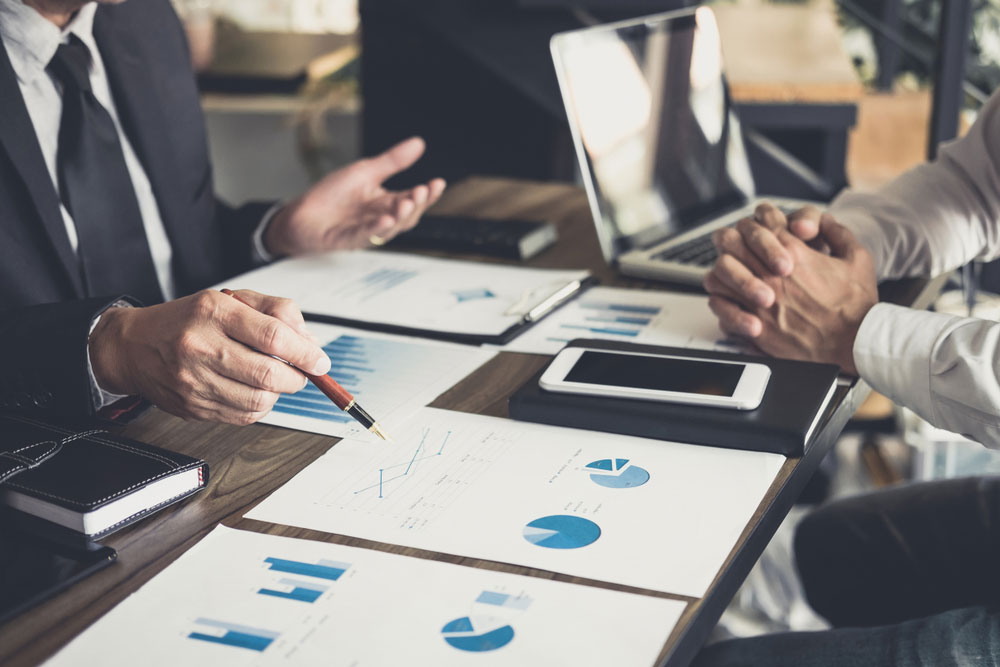Hello darkness, my old friend I’ve come to talk with you again Sound of Silence — Simon & Garfunkel
Oh yes, you’ve heard it all by now. How social sustainability should form the core of stimulus packages everywhere, how health workers silently wage their daily battles, how disrupted supply chains hurt the common man. The news that stems from the spread of the lethal virus is so brazenly pervasive — naturally, what else can assume primacy now? That the impact of roiled markets on your portfolio is of little consequence, relatively speaking of course.
After the dust settles — it is a question of when, not if — take a hard look at your asset mix, and in all probability, alter it drastically to meet the challenges posed by post-corona realities. Today, for those who are keen to get their act right, we will cobble together a few dos and dont’s.
Remember, before you start reading this write-up, your financial year came to a terrifying end, and as things stand, your income streams are already teetering on the edge. In the quarters to come, as large swathes of the working population brace for revenue losses, your earning capacity may be severely curtailed. Portfolios must now be drastically reoriented to accommodate securities that generate income without compromising stability and liquidity.
Investors must consciously avoid needless risk. Further, they must reduce dependence on perilous, market-oriented assets (comprising securities that draw their strength directly from market upheavals). To cut a long story short, one must be very circumspect with equities and commodities, their dirt-cheap valuations notwithstanding.
Check the realities
Speaking of truncated valuations, it is quite apparent that both stocks and commodities have retracted severely. While this may indeed induce brave-heart investors to take fresh positions, this will certainly pose new risks as well. Business and industry will not revive in a hurry and stocks/commodities are ultimately a function of corporate profitability. In this context, here are a few elements worth considering.
⦾ When the spread of the virus is contained and activity picks up, both stocks and commodities will gain some of the lost ground. Till normality returns, the average investor must look for a superior hedge against the risks involved. Gold, considered by countless investors as a time-tested asset, can perhaps merit a new look. Or even an exchange-traded fund based on debt securities; the latter is a relatively new construct in our country.
⦾ Debt securities, meanwhile, will continue to offer reasonable stability and liquidity. While their credit quality will be indeed questioned, returns will by and large remain predictable. The debt market, therefore, should attract fresh allocations from an influential section.
⦾ Inflation is likely to be managed fairly well by the banking regulator. The latter will keep rates on the lower side, a move that has already impacted returns generated by sundry deposits and small savings schemes.
⦾ Most conservative investors will want to recoup what they have lost first; many have turned defensive by shifting to safer low-end bets like liquid funds. Generally speaking, shorter term debt funds will come as a succour for a number of participants.
⦾ Whichever alternative you choose for yourself, look at returns from an inflation-adjusted angle in order to get a truer picture of your portfolio’s performance.
The last word
Recasting your holdings consciously is a sign of progress; it means the investor concerned truly cares about his portfolio in the overall context of the market. I believe it is a deliberate step away from the usual system of monitoring. It is also fallacious to merely term it as a “risk management” exercise. Assuming your risk-return parameters have changed, these pointers can be important.
⦾ Keep enough funds aside for meeting normal, household expenses for, say, the next quarter or so.
⦾ Ensure adequate liquidity to take care of the absolute essentials; the latter may include imminent payments to be incurred on health and life insurance premia, children’s school fees, medical expenses.
⦾ Review your portfolio, assess its latest performance. Take a look at your investment targets and the deviation caused by the current state of affairs. While rebalancing your portfolio, you should remember your original asset weightages will assume significance sooner or later.
⦾ Ascertain whether some profit taking can still be done in keeping with the altered realities. Do it if you feel the need to sell a few stocks or redeem some units of mutual funds. Switch if you find safe haven elsewhere.
⦾ A good number of hygiene factors will require your attention too. These will pertain to costs (such as miscellaneous transaction fees), capital gains/losses, and taxes, if any.
At the end of the day, asset allocation will remain the primary determinant for investment success. An investor’s chances to achieve long-term objectives will depend on it. Don’t treat it as a one-off, frozen idea; instead take it as a protean concept that needs a fresh examination at every turn, and most certainly when a deadly virus has decimated growth prospects.
A deadly virus, a financial meltdown, a global environmental disaster are not simply the stuff of dark noir. A lot of it has been historically true and relevant. And now it is happening right in front of us. A sliver of gloom has just shimmied into our drawing rooms, and only a gritty investor will live to tell the story, hopefully one with a happy ending.
The writer is director, Wishlist Capital Advisors











